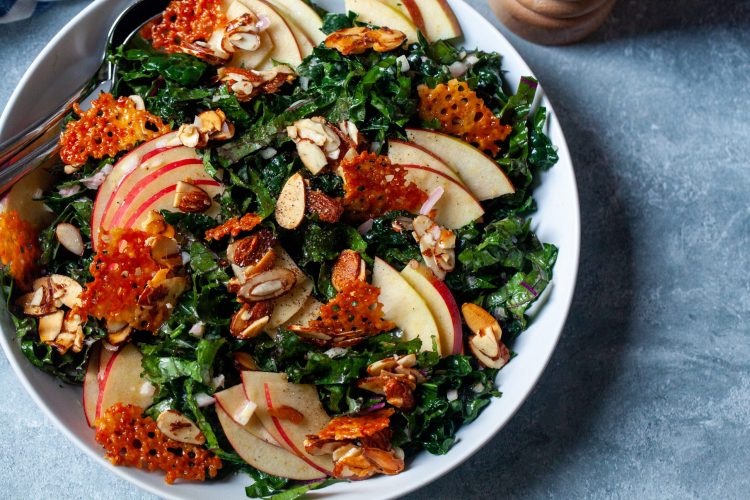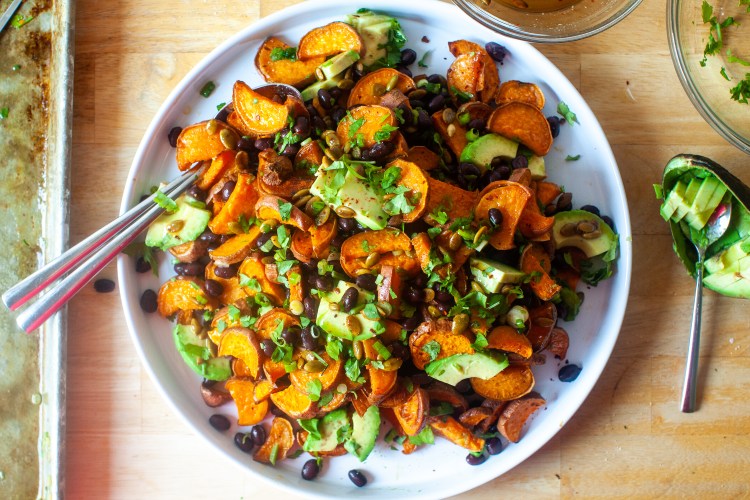Advertisement
Simple Soy Sauce Noodle Soup

Cooking Time
Approximately 45 minutes
Ingredient List
Scallion-Garlic Infusion
- 2 large scallions, thinly sliced (approximately 2/3 cup)
- 4 medium garlic cloves, thinly sliced (around 2 tablespoons)
- 1/2 cup neutral cooking oil (like canola or grapeseed)
- 4 teaspoons toasted sesame oil
Ramen Components
- 4 cups chicken broth
- 4 cups clam juice (from 4 [8-oz.] bottles)
- 2 tablespoons soy sauce
- 1 teaspoon kosher salt, plus extra for seasoning
- 4 large eggs
- 20 ounces uncooked fresh ramen noodles
- 16 slices chāshū (braised pork belly, optional)
- 1 scallion, thinly sliced
- 2 teaspoons furikake seasoning
Preparation Instructions
Start by placing the scallions, garlic, and neutral oil in a small skillet. Cook over low heat until the garlic turns a golden hue, which should take about 15 minutes. Set the mixture aside and let it cool for approximately 10 minutes. Afterward, strain the oil using a fine mesh sieve into a small bowl, discarding the solid bits. Mix in the toasted sesame oil.
Next, in a medium saucepan, combine the chicken broth and clam juice. Bring the mixture to a boil over medium-high heat, then remove from the heat source. Stir in the soy sauce and kosher salt until well blended. Adjust the seasoning with additional salt if desired and keep warm over low heat.
While the broth is being prepared, fill a large bowl with ice and water. Bring a medium pot of water to a rolling boil before reducing the heat to a gentle simmer. Carefully lower the eggs into the simmering water one at a time using a large spoon. Cook for about 7 minutes, then move the eggs to the ice water bath. Peel the eggs just before serving.
Now, bring a large pot of water to a vigorous boil. Add the ramen noodles and cook according to the package instructions. Once done, drain the noodles and distribute them evenly into four bowls.
To finish, ladle around 2 cups of the flavorful broth into each bowl. Slice the soft-boiled eggs in half and add two halves to each serving. If desired, layer the chāshū slices, sprinkle with sliced scallion, a half teaspoon of furikake, and finish with a drizzle of the scallion-garlic oil.
Notes & Insights
According to McClenny, the author of "Make It Japanese," ramen is one of those dishes often enjoyed at eateries due to its affordability and the labor involved in crafting it from scratch. In the U.S., ramen has gained immense popularity, particularly variations with tonkotsu broth. However, McClenny favors lighter broths like shio or shoyu, which can be trickier to find in restaurants. This recipe was born out of a desire to create a shoyu broth at home that's as delightful as a restaurant meal without compromising on time. The generous helping of scallion-garlic oil adds richness as it's the only fat in the broth, balancing the dish beautifully. If you're short on time, don't stress; this ramen remains fabulous with sautéed cabbage and bean sprouts, or simply a soft-boiled egg.
Historically, the roots of noodle broth dishes in Japan trace back to the 19th century with Chinese immigrants, where 'ramen' originates from the Chinese term 拉麵 (lāmiàn), meaning pulled noodles. Ramen noodles differ from normal noodles owing to the inclusion of alkaline water (kansui) alongside flour, water, and salt, granting them a unique chewiness.
The world of ramen features four primary types: shoyu, miso, tonkotsu, and shio, each characterized by its broth’s core ingredients. Shoyu is the classic variety, showcasing a soy-based broth enriched with soy sauce, mirin, pork or chicken stock, and rice vinegar. Typical toppings for shoyu ramen comprise marinated soft-boiled eggs, bamboo shoots, corn, and bean sprouts.
For the best results, aim to find clam juice packaged in glass, as canned varieties may impart an unpleasant metallic flavor.
The broth and scallion-garlic oil can be prepared up to three days in advance and stored in airtight containers in the refrigerator. Simply reheat the broth in the microwave or over the stove until nice and hot.


